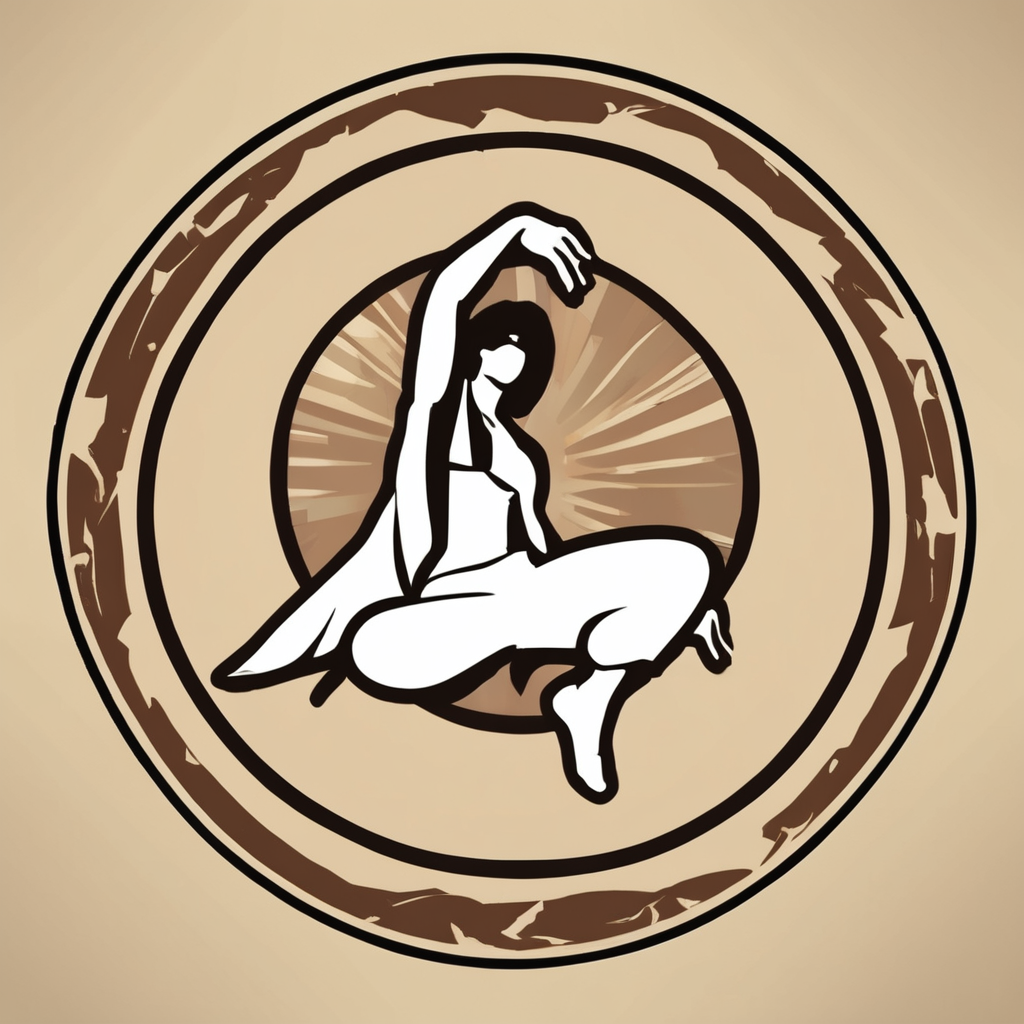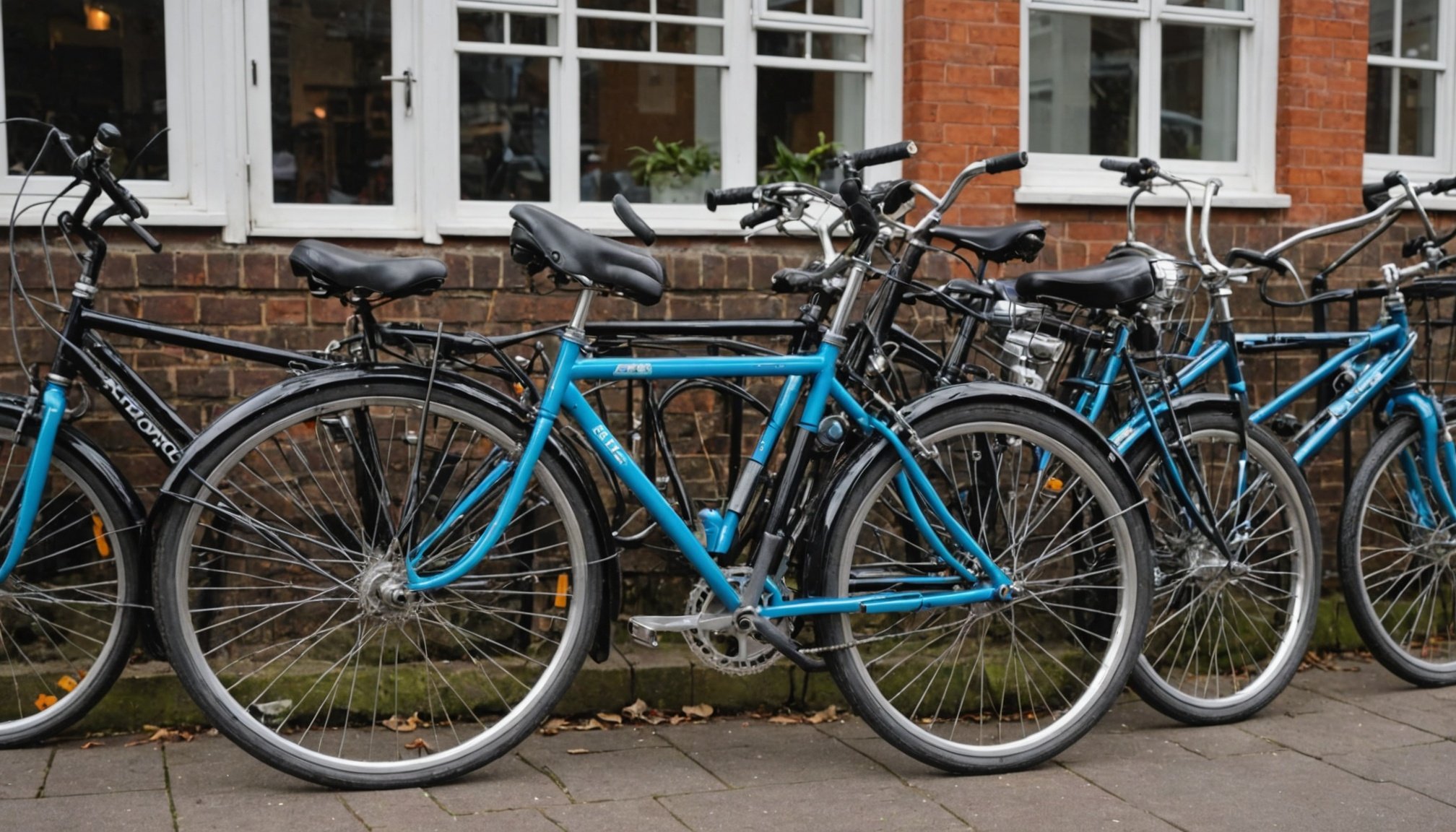Purchasing a second-hand bike can be an exciting yet daunting task, especially in the UK, where cyclists are passionate and diverse in their needs. Whether you are a seasoned rider or just starting out, knowing what to look for becomes critical to ensure that you make a wise investment. In this article, you will discover essential factors to consider when buying a second-hand bike, which will guide you in making an informed choice that suits your budget and cycling requirements.
Understanding Your Cycling Needs
Before you even begin your search for a second-hand bike in the UK, it is crucial to define your cycling needs. Think about how and where you plan to ride. Are you looking for a bike for commuting, leisure rides, or perhaps mountain biking? Each type of cycling requires different features and specifications.
Topic to read : What should I pack for a day-long cycling trip in the UK?
If you intend to commute, you may want a bike that is lightweight, with efficient gears for navigating urban landscapes. On the other hand, if your focus is on leisure cycling, comfort becomes paramount. In this case, you might prefer a bike with a more relaxed geometry that provides a smoother ride. Mountain biking demands robust tires and a frame that can endure rough terrain, so it is essential to consider these aspects when assessing your options.
Additionally, contemplating your budget is vital. How much are you willing to spend? Setting a clear budget helps narrow your search and prevents impulse purchases. Remember, while you may find cheaper options, investing slightly more can yield better quality and longevity, saving you money in the long term.
Have you seen this : What are the best scenic bike routes to explore in Wales?
Take your time to reflect on your cycling habits before diving into the marketplace. Understanding your specific needs will not only help you communicate better with sellers but also enhance your overall biking experience.
Where to Look for Second-Hand Bikes
Once you have a clear idea of what you need, the next step is determining where to search for second-hand bikes. The UK market offers a variety of platforms and venues, each with its pros and cons.
Online Platforms: Websites like eBay, Gumtree, and Facebook Marketplace have vast listings for second-hand bikes. These platforms allow you to filter searches by location, price, and bike type. However, exercising caution is crucial; always check seller ratings and be wary of deals that seem too good to be true.
Local Bike Shops: Some bike shops sell pre-owned bikes. This option often provides more assurance as you can usually inspect the bike before purchase. Additionally, shops may offer a limited warranty, which adds a layer of security, especially for first-time buyers.
Community Events: Keep an eye out for community cycling events or local bike swaps. These are fantastic opportunities to meet other cyclists and potentially find a bike that fits your needs. You get the chance to engage with the sellers, ask questions, and sometimes even test ride the bike before making a commitment.
Word of Mouth: Don’t underestimate the power of networking. Talk to fellow cyclists or friends who may have bikes for sale or know someone who does. Personal recommendations often lead to trustworthy transactions.
Inspecting the Bike Thoroughly
When you find a bike that piques your interest, conducting a thorough inspection is paramount. This step ensures that you are not just buying a bike but are investing in a reliable mode of transportation.
Frame Condition: Start by examining the bike’s frame for any signs of damage. Look for dents, cracks, or rust, as these can compromise the bike’s integrity and performance. If the frame is made of aluminum, be watchful for bends. Steel frames are generally more forgiving but check for rust or deep scratches that may indicate a history of neglect.
Wheels and Tires: Next, inspect the wheels and tires. Spin the wheels to ensure they rotate smoothly and check for wobbling. Look at the tires for wear indicators; bald spots can lead to accidents, so ensuring they have sufficient tread is essential. If the tires are worn out, factor in the cost of replacement into your budget.
Brakes and Gears: Test the brakes by squeezing the levers; they should feel firm and responsive. Worn brake pads need replacement, so check their condition as well. Shift through the gears while pedaling to ensure smooth transitions. If the bike struggles to shift, there might be underlying issues in the derailleurs or cables that could require expensive repairs.
Additional Components: Finally, assess other components such as the chain, pedals, and saddle. A clean, well-lubricated chain is a good sign of maintenance, while worn pedals or a damaged saddle may need replacing.
Taking the time to conduct this thorough inspection can save you from costly repairs and provide peace of mind regarding your purchase.
Testing the Bike Before Purchase
Never underestimate the importance of a test ride when purchasing a second-hand bike. This step is crucial to determine whether the bike is a good match for you.
Fit and Comfort: The first aspect to assess during a test ride is the fit. Stand over the bike and ensure that there is a couple of inches of clearance between you and the top tube. When sitting on the saddle, your legs should extend comfortably while pedaling.
Riding Position: Pay attention to your riding position during the test. If you feel strained or uncomfortable, the bike may not be the right fit for you. Adjust the saddle height and handlebars to find a comfortable riding posture. If adjustments aren’t possible, it may be better to continue your search.
Performance Check: While riding, listen for any unusual noises. A well-maintained bike should run quietly, without clicking or grinding sounds. Pay attention to how the brakes respond; they should engage promptly and effectively. Test the bike’s stability by riding at different speeds and on various surfaces to gauge its handling capabilities.
Duration of the Ride: Aim for a test ride that lasts at least 10-15 minutes. This duration allows you to feel how the bike handles over time and helps identify any discomfort that may arise.
By taking the bike for a spin before making a final decision, you ensure that you are not just buying a bike, but a reliable partner for your cycling adventures.
Final Considerations and Negotiating the Price
After thoroughly inspecting and testing the bike, it’s time to consider the final aspects before making a purchase. One of the most critical factors is negotiating the price.
Researching Market Prices: Before embarking on negotiations, do your homework. Research similar models and their average prices to understand what is reasonable. This information equips you with leverage during negotiations, allowing you to make a fair offer based on the bike’s condition and market value.
Highlighting Flaws: If you noticed any issues during your inspection, bring these up when discussing the price with the seller. Whether it’s worn tires or needing brake adjustments, these flaws can justify a lower offer. Sellers who are motivated to sell will often appreciate your honesty and be willing to negotiate.
Be Prepared to Walk Away: If the seller is unwilling to budge on price, don’t hesitate to walk away. This not only shows that you know the bike’s worth but also allows you to continue searching for other options that may fit your budget better.
Consider Additional Costs: While negotiating, keep in mind that the final price is not the only consideration. Factor in any additional costs such as repairs, accessories, or upgrades you may need. If the total cost exceeds your budget, it may be wiser to look for another bike.
Finishing the purchase with a clear understanding of the bike’s value and potential extra costs ensures that you remain within your financial limits, leading to a more satisfying acquisition.
Buying a second-hand bike in the UK can be a rewarding experience, provided you approach it with care and diligence. By understanding your cycling needs, knowing where to look, thoroughly inspecting the bike, test riding, and negotiating wisely, you can find a bike that perfectly suits your lifestyle.
Remember, the time invested in research and evaluation pays off in the long run. A well-chosen second-hand bike not only saves money but also provides hours of enjoyment and freedom on the road or trails. Happy cycling!











